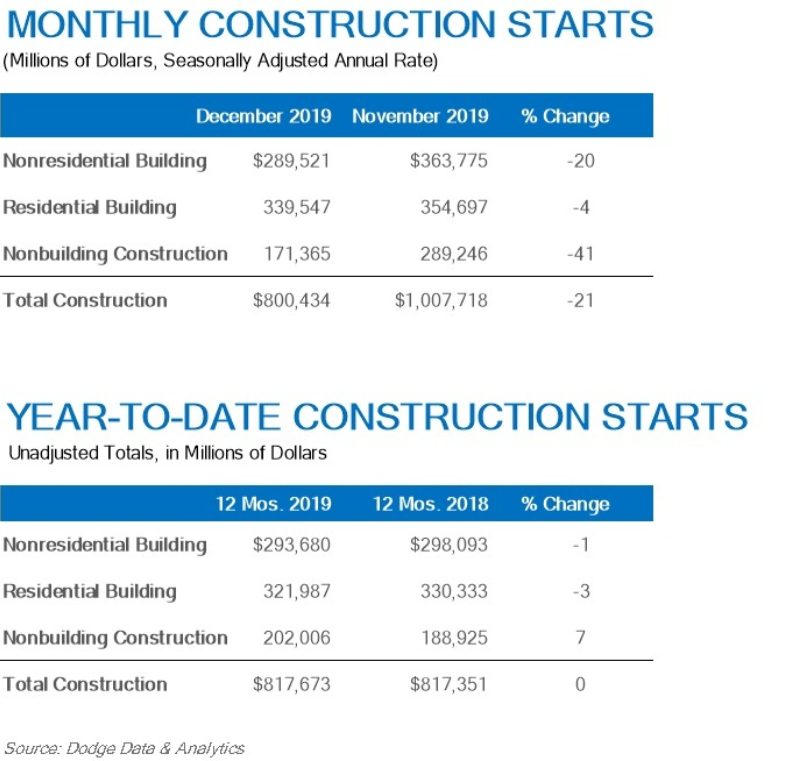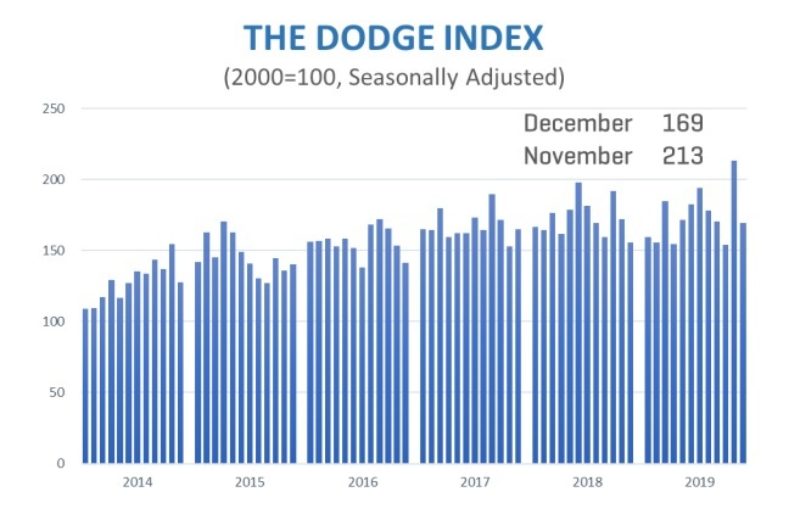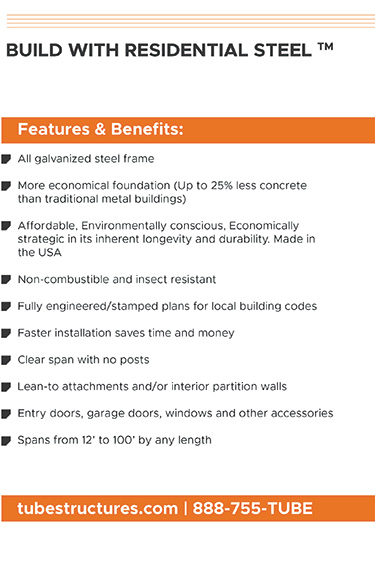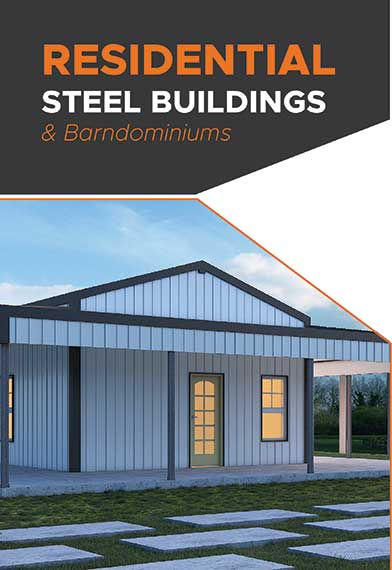Construction starts decrease in December
- October 7, 2020
- Posted by: Alan Hageman
- Category: News

According to Dodge Data and Analytics, total construction starts in December dropped 21% from November to a seasonally adjusted annual rate of $800.4 billion. The sharp decline was largely a response to hefty gains posted in November’s utility and manufacturing sectors, Dodge Data reported. When removing the influence of these two very volatile sectors, total construction starts fell 3% in December. By major sector, nonresidential building starts fell 20% in December, while nonbuilding starts dropped 41% and residential starts lost 4% over the month.
The pullback in December pushed the Dodge Index down to 169 (2000 equals 100) compared to the 213 posted in November, and below the 12-month average of 174.
For the full year, total construction starts were flat, when compared to 2018, at $817.6 billion. In 2019, nonbuilding starts gained 7% due to large gains in utility starts, while nonresidential starts fell 1% and residential starts declined 3%. Removing the 112% gain in utility starts from the total would result in total construction declining 3% from the previous year.
“Last year will go down as one of the most volatile years for monthly construction starts due the lumpy nature of large projects,” said Richard Branch, chief economist at Dodge Data. “Looking beyond the influence of these massive projects, it is evident that the uncertainty surrounding trade policy weighed on construction activity last year.”
Nonbuilding construction fell 41% in December to a seasonally adjusted annual rate of $171.4 billion following an extremely strong November, which saw the start of several large projects. The only category to post a gain in December was environmental public works, which increased 1%. Starts of electric utility/gas plants fell 76%, while highway and bridge starts fell 18% and miscellaneous nonbuilding starts dropped 17% from November to December.
The largest nonbuilding construction project to break ground in December was the $900 million Sagamore Wind Farm project in Roosevelt County, N.M. Also starting in December was the $400 million Deuel Harvest Wind Farm in Clear Lake S.D., and a $400 million extension of US 401 to I-40 in Raleigh N.C.
For the full year of 2019, nonbuilding construction rose 7% thanks to a 112% gain in the electric utility/gas plant category. When removing that category from total nonbuilding, starts were down 8% for year. Environmental public works gained 4% in 2019, while miscellaneous nonbuilding fell 19%. Highway and bridge starts were down 8% for year.
Nonresidential building dropped 20% from November to December to a seasonally adjusted annual rate of $289.5 billion. The main reason for the decline in December was a 93% decline in manufacturing after a large petrochemical plant broke ground in November. Institutional starts rose 6% over the month fueled by gains in healthcare and recreation. Commercial starts rose 5% in December due to gains in warehouses and parking structures.
The largest nonresidential building project to break ground in December was the $712 million National Geospatial Agency headquarters in St. Louis, Mo. Also breaking ground in December was a $570 million medical center renovation in Bethesda, Md., and a $400 million consolidated rental car facility at Newark International Airport in Newark, N.J.
For the full year, nonresidential building starts fell 1%. Commercial building starts rose 6% last year due to gains in warehouses and offices, while institutional starts fell 5% with activity in all major categories seeing a pull back. Manufacturing starts fell 15% in 2019.
Residential buildings starts fell 4% in December to a seasonally adjusted annual rate of $339.5 billion. During the month single family starts lost 7%, while multifamily posted a tepid 1% gain from November.
The largest multifamily structure to break ground during the month was the $470 million 1000 Michigan South Loop Condo Tower in Chicago. Also starting in December was the $215 million Koula Mixed-Use Tower in Honolulu and the $170 million Alta Xmbly Block 23 facility in Somerville Mass.
For the full year, residential starts were 3% lower than in 2018. Single family starts ended 2019 down 1%, while multifamily starts lost 7% for the year.




